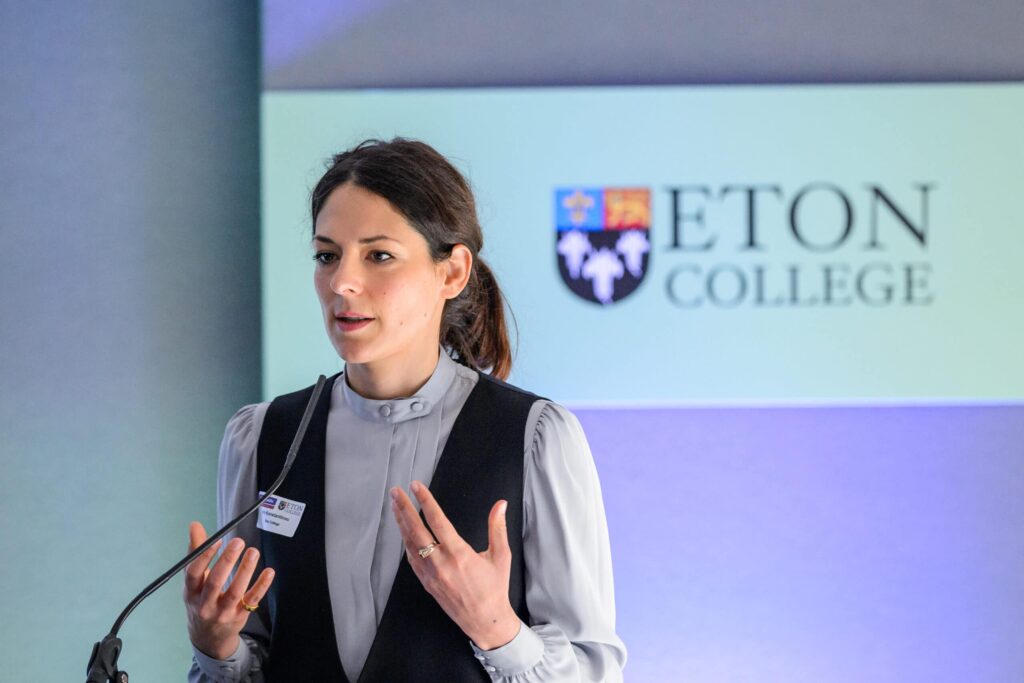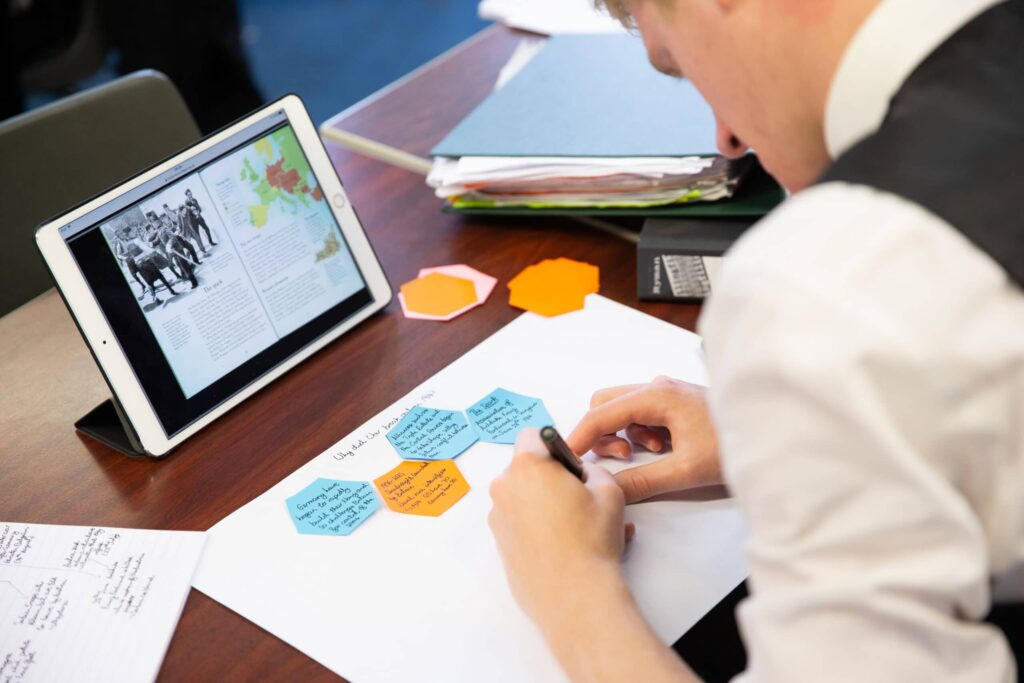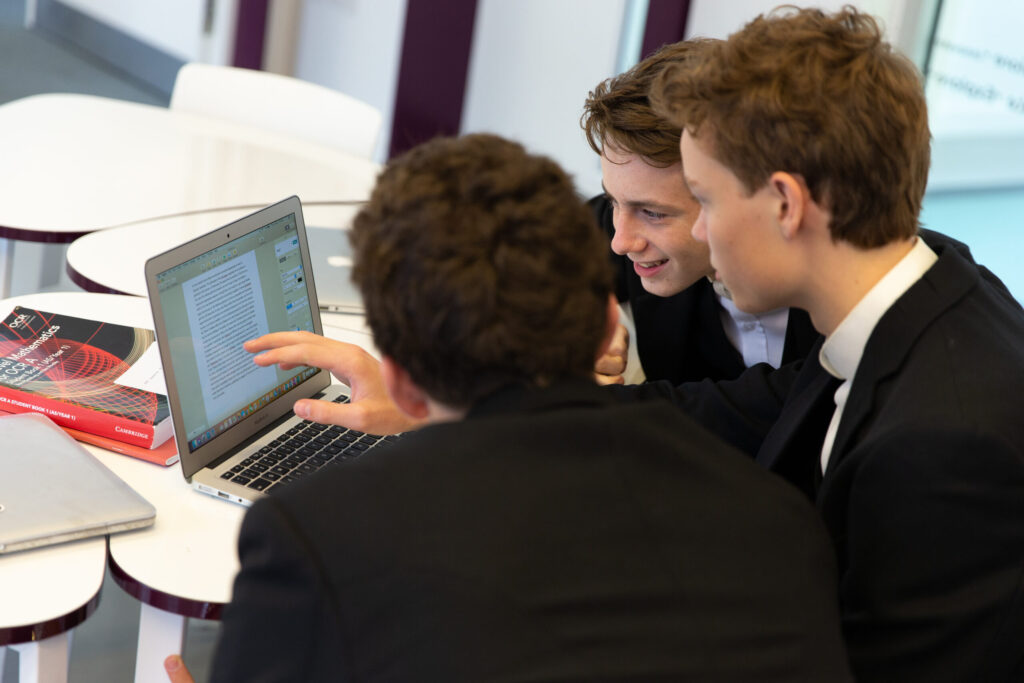Jonathan Beale, Researcher-in-Residence, CIRL
Questioning is important in teaching and learning. Effective questioning methods engage students and give them opportunities to explain what they have learned. Most importantly, using questioning to check for student understanding helps teachers to gain feedback about how successful teaching and learning has been.
In his ‘Principles of Instruction’,[1] Barak Rosenshine emphasises the importance of questioning in effective teaching and learning. The third of his ten principles is ‘ask questions’, on which he elaborates as follows:
‘Ask a large number of questions and check the responses of all students: Questions help students practice new information and connect new material to their prior learning.’ (Rosenshine, p. 14.)
Questioning focuses on a crucial area of teaching and learning which is otherwise largely absent from Rosenshine’s principles: student engagement. As Tom Sherrington writes in his book Rosenshine’s Principles in Action,[2]
‘[E]ffective questioning lies at the heart of great instructional teaching. … [I]t’s clear that this needs to be a highly interactive, dynamic, responsive process.’ (Sherrington, p. 27.)
Rosenshine writes that ‘more effective teachers’ – those teachers whose classrooms made the highest gains in achievement tests (Rosenshine, p. 12) – employed the following questioning strategies. More effective teachers,
- asked more questions;
- involved more students;
- probed more in depth;
- spent more time explaining, clarifying and checking for understanding;
- asked students to think aloud (Sherrington, p. 28).
Rosenshine writes that less effective teachers asked fewer questions and almost no ‘process questions’ – questions about the process of learning, such as how students worked something out (contrast, for example, with factual questions) (ibid.).
The final of the above bullet points, ‘thinking aloud’, is a strategy where students ‘narrate their thinking’ by explaining the processes through which they answer questions (ibid.). This helps teachers see how students’ thought processes operate and thereby puts teachers in a better position to offer feedback – for example, on how students approach problem-solving or start essays.
As we saw in the previous blog post, Rosenshine also recommends that teachers often think aloud, as a form of modelling. This involves the explicit narration of teachers’ thought processes – for example, when problem-solving (Sherrington, p. 17). This form of modelling relates to the eighth of Rosenshine’s seventeen ‘instructional procedures’: ‘Think aloud and model steps’ (Rosenshine, p. 12). Rosenshine condenses those procedures into his ten principles.
Rosenshine suggests that more effective teachers are ‘able to narrate the decisions and choices they make’ – for example, where to begin with a maths problem or how to start an essay. Sherrington writes that thinking aloud by the teacher is important for developing students’ ‘capacity for metacognition and self-regulation by modelling their own thought processes’ (Sherrington, p. 20).
Sherrington divides Rosenshine’s ten principles into four ‘strands’. He uses the strands to explain Rosenshine’s principles by connecting the principles with those to which they bear the closest relations, to illustrate how the principles complement and support one another. Sherrington’s second strand consists of the above principle and Rosenshine’s sixth, ‘check for student understanding’, on which Rosenshine elaborates as follows:
‘Checking for student understanding at each point can help students learn the material with fewer errors.’ (Rosenshine, p. 16.)
Sherrington offers the following advice for teachers concerning effective questioning and its relation to checking for student understanding:
‘[I]t’s vital that, as teachers, we are getting as much feedback from our students as we can. … We should be constantly wondering, “How’s it going? How well have I explained this? Are they making sense of it?” and then soliciting information to allow us to answer those questions.’ (Sherrington, p. 28.)
Sherrington calls his second strand ‘questioning’ and writes that this strand concerns the following instructional procedures:
- Ask a large number of questions and check for understanding.
- Ask students to explain what they have learned.
- Check the response of all students.
- Provide systematic feedback and corrections (Sherrington, p. 27).
Sherrington offers six questioning strategies based on Rosenshine’s principles. Sherrington outlines the objective of each and how it should be undertaken in practice. He recommends that teachers work on one or two of these strategies with students, accompanied by students engaging in ‘deliberate practice’ until these strategies ‘form a set of … default modes for engaging in responsive teaching’ (Sherrington, p. 28). ‘Deliberate practice’ is a systematic method of effortful, highly focused, goal-oriented practice which aims at improving performance.[3] It is sometimes described as ‘intentional engagement in skill-based learning’.[4] (On deliberate practice, see our recent blog post.)
The following is a summary of Sherrington’s six questioning strategies.
1. ‘Cold calling’ (Sherrington, p. 28)
Objective: to engage all students in teacher-student dialogue with time to think, preventing students from being overlooked, dominating, or hiding from involvement in dialogue.
Practice:
- All students in the class should be involved.
- For this method, don’t get students to raise hands.
- Ask questions and select students to respond, based on your knowledge of the class.
- Students should ‘not be allowed to hide, dominate or be overlooked’.
Sherrington writes that ‘ideally [this strategy] needs to be the default mode for most questions – absolutely routine’. He also writes:
‘Teachers ask questions and … select students to respond based on their knowledge of the class, avoiding the pitfalls of hands-up or calling out.’
Care should be taken when following this strategy because selecting students can risk students jumping to conclusions about why they have been chosen. Strategies that could be employed to avoid students from feeling ‘singled out’ are ‘randomise’ programs where you can enter student names and the program selects a name at random (for example, Random Name Picker), or going around the class in order throughout a lesson or over several lessons. Such strategies could be balanced alongside selecting students based on knowledge of the class to avoid students feeling singled out.
2. ‘No opt-out’ (Sherrington, pp. 28-9)
Objective: for students to feel safe offering answers of which they are unsure and not form a ‘habit of … “I don’t know” … as a get-out’.
Practice:
- When students say they don’t know the answer or get an answer incorrect, ‘move to other[s] … or provide the correct answer … then go back to all those students who made errors or couldn’t answer’.
- If students ‘don’t know or get things wrong, they should be given the opportunity to gain confidence by consolidating correct or secure answers’.
This strategy aims to give those students who don’t know the answer or get an answer incorrect opportunities to learn from others in the class and to practise. It also avoids fostering the defensive habit of ‘I don’t know’.
3. Say it again, better (Sherrington, p. 29)
Objective: to provide students with a second opportunity to respond to questions.
Practice:
- Provide students with ‘an immediate opportunity to give an improved response’.
- Don’t ‘inhibit students when they are unsure’.
- Don’t ‘allow [students] to assume mediocre answers are good enough’.
This strategy aims to help students add ‘depth, accuracy and sophistication’ to their answers.
4. Think, pair, share (Sherrington, p. 29)
Objective: to get students to work effectively in pairs as a means of involving all students and generating more material to be explored in subsequent discussions.
Practice:
- Put students in pairs. Give them a specific, time-cued task. Give them time to think, discuss their thoughts, prepare to give answers and rehearse them to one another. On time, bring the class together with a signal. ‘Then engage in probing, cold-call questioning, asking them to report back … [Or] get them to explain things to each other or … take turns to quiz each other’.
This strategy can help to prevent silences in discussion, forests of hands, and shouting out. Sherrington writes that students should be put in pairs, allowing students ‘space to think, … air their initial thoughts, … confess their lack of knowledge and … prepare to give good answers, to rehearse’. To ensure this, the teacher will need to select pairs appropriately. For instance, for a student to feel comfortable airing their initial thoughts or confessing their lack of knowledge, they might need to be paired with a student of not too dissimilar a level of ability to themselves; and students who tend to dominate discussion might be best paired with students who are not easily dominated in discussion.
5. Whole-class response (Sherrington, pp. 29-30)
Objective: to get a response from every single student in the class at the same time, to provide feedback about the success of the teaching and learning.
Practice:
- Get a response from all students in the class to a question, problem or task – e.g., multiple-choice questions, diagrams or calculations. This can be done verbally or through a written task.
- Engage with ‘responses and then adjust your teaching accordingly’.
This strategy can provide quick feedback about the success of teaching and learning exchanges, identify students who need further input and ‘can help direct subsequent questions or exercises as you respond to … feedback’. There are many computer programs for teachers to use for whole-class responses; or, as Sherrington suggests, individual student whiteboards can be used.
6. Probing (Sherrington, pp. 30-1)
Objective: to ask each student multiple responsive questions, to explore their level of knowledge and understanding.
Practice:
- Sherrington recommends that teachers should make ‘it the default that, in any given exchange, [teachers] are asking each student three/four/five questions, before moving on’.
- This allows the teacher to probe for understanding, check for misconceptions, add extra challenge, and provide scaffolding.
Sherrington writes that this strategy is a ‘powerful mode of questioning and a form of guided practice’. This would need to be carefully incorporated into lesson planning for it to be successfully adopted as the default method of questioning, given the time it will take to ask each student several questions. Depending on class sizes, if it were the default approach, a set of students could be chosen each lesson to be asked questions, so there’s roughly an even balance across the students over a term or course.
[1] First published in 2010 by the International Academy of Education; republished in 2012 as ‘Principles of Instruction: Research-based Strategies That All Teachers Should Know’, in American Educator. References are to the latter.
[2] Woodbridge: John Catt, 2019. All Sherrington references are to this.
[3] See Duncan R. D. Mascarenhas and Nickolas C. Smith, ‘Developing the performance brain: decision making under pressure’ (Performance Psychology 2011, pp. 245-67): deliberate practice, they write, involves effort and it aims towards improvement of performance (rather than personal enjoyment).
[4] See ‘deliberate practice’ in Dieter Hackfort, Robert J. Schinke and Bernd Strauss (eds.), Dictionary of Sport Psychology (London: Academic Press, 2019).




